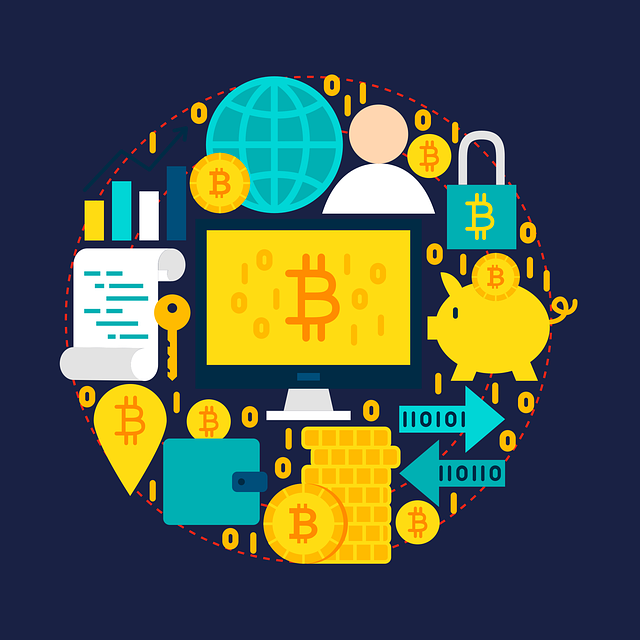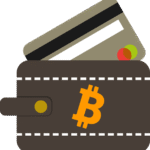Introduction
The world of finance has changed drastically and at the center of this revolution is decentralized finance, or DeFi. DeFi is changing the way that people think and interact with money, moving away from the traditional banking institutions, and centralized finance (CeFi), all together. DeFi offers financial products and services that are more accessible, transparent, and inclusive, than ever before, and this guide aims to provide a beginner’s guide, an overview of DeFi, how the decentralized framework works, as well as the opportunities, risks and future of this new and exciting space.
Table of Contents
Table of Contents
What is DeFi?
A Brief History and Evolution of DeFi
Key Features of DeFi
How does DeFi Work?
Key Components of the DeFi Ecosystem
Popular Use Cases of DeFi
Benefits of DeFi
Risks of DeFi
How to Get Started with DeFi
The Future of DeFi
Conclusion
What is DeFi?
DeFi, or Decentralized Finance, represents a new wave of financial services and applications built upon blockchain technology. Unlike traditional finance, which is intermediated by centralized parties like banks and brokers, DeFi applies smart contracts to blockchains in order to conduct financial transactions. Through smart contracts and blockchains, it now makes it possible to provide peer-to-peer financial services, free of third parties.
DeFi believes that finances should be open, compliant free, and borderless, enabling open access to finance-related tools like lending, borrowing, trading, and saving. Most DeFi projects are built upon Ethereum, but its competitors, like Binance Smart Chain, Solana, and Avalanche, are starting to gain market share.
The History and Study of DeFi
The birth of DeFi can be traced back to 2009, with the creation of Bitcoin, which introduced decentralized money. However, while Bitcoin introduced decentralized money, the era of DeFi began when Ethereum was created in 2015 allowing for programmable smart contracts. Smart contracts opened the door for dApps – decentralized applications – that can replicate existing financial services.
Some key developments in DeFi history have included:
2017: The launch of MakerDAO, the first DeFi lending platform.
2018-2019: The rise of decentralized exchanges (DEXs) like Uniswap.
2020: “DeFi Summer” – during this time, many DeFi projects launched with massive amounts of capital.
2021-Present: Developments concerning NFTs and use of layer-2 products. How the DeFi System Functions
DeFi systems
can automate the various aspects of financial transactions through smart contracts. Smart contracts are just that, contracts that exist on a blockchain that execute their logic once continuously ratified conditions are met. Essentially, once certain conditions are met, these contracts execute pre-programmed actions.
An example is a DeFi lending protocol that allows a user to deposit their cryptocurrency into a smart contract, and earn interest on that deposit. Borrowers can then borrow these funds by depositing collateral without the help of any person at all.
Core Components
of the DeFi Ecosystem Stablecoins: Cryptocurrencies such as DAI, USDC, and USDT that are “pegged” at a value of a fiat currency to reduce volatility. Lending and Borrowing Platforms: Platforms like Aave and Compound that allow users to deposit assets to earn interest, or borrow against collateral. Decentralized Exchanges (DEXs): Platforms that allow users to trade their tokens directly from a digital wallet (Uniswap, SushiSwap, and more). Yield Farming and Liquidity Mining: These are incentives to use DeFi platforms where users are compensated for supplying liquidity. Derivatives and Synthetic Assets: Platforms like Synthetix offer tradable assets that will mimic the price of real-world instruments. Insurance: Protocols like Nexus Mutual offer decentralized insurance against smart contract failures. Governance Tokens: tokens like UNI or MKR are intended to give holders voting power on any changes to the protocol.
Unique DeFi Applications

Uniswap: A popular decentralized exchange (DEX) using an automated market maker (AMM) model.
MakerDAO: Original builders of DAI.
Compound: An application that allows users to earn interest on their crypto, or use it as collateral and borrow against.
Aave: An lending protocol that provides flash loans, and other crypto lending products.
Curve Finance: A DEX, focused on trade between stablecoins with minimal slippage.
Yearn Finance: A yield farming strategy to automate all processes.
Disadvantages of DeFi
Financial Access: Access to DeFi is available to anyone with an internet connection.
Cost: The costs of accessing DeFi services can be extremely low compared to traditional finance because DeFi lacks intermediaries.
Control and Ownership: You can directly access the custody of your funds
Innovative: DeFi is intended to be open source, and allows for innovation and experimentation.
Transparency: Blockchain and DeFi applications are open public ledgers, meaning anyone can see what has happened or what is happening in DeFi.
Risks & Challenges
Smart Contract Bugs: Bugs in code can easily lead to hacks and loss of funds.
Regulatory Uncertainty: There is a legal risk due to the absence of any legislation.
Impermanent Loss: While providing liquidity, it within the realm of possibility to lose money in regards to changes in market behaviour.
Scams & Rugpulls: Bad faith actors have the capacity to just take your money from you.
High Gas Fees: Especially on Ethereum, making use of DeFi can be very expensive due to the high cost implications of congested networks.
How to get started with DeFi
Download a Wallet: You will want to install a Web3 wallet like Metamask.
Fund Your Wallet: You will want to purchase Ethereum or whatever token you want to exchange through that can execute exchanges.
Browse DeFi Platforms: You will want to find DeFi platforms that you can trust, connect your wallet, and have a good look around.
Go Small: Start off doing just really basic things like swapping tokens or earning interest.
Stay Up to Date: Follow the DeFi ecosystems, and keep an eye out for news, and other updates through a news agency or blogs that cover it.
Overall, simply keep it in mind: always do your own research, and only invest what you can truly afford to The Future of DeFi
The future is expansive for DeFi, with continued growth and innovation on the horizon. Some of the trends to watch for within DeFi include:
Layer 2 Scaling Solutions: The emergence of more Layer 2 scaling solutions – for example Optimism and Arbitrum – are providing cheaper transaction fees and faster speeds.
Cross-Chain Integration: More protocols are creating cross-chain interoperability.
Institutional Adoption: DeFi integrations are being considered by banks and investment firms.
Real World Assets: Tokenization of real-world assets (e.g. real estate, stocks) is gaining traction in popularity.
Development of Regulatory Frameworks: Countries around the world are creating regulations for DeFi, which could lead to more growth and more innovation, or lead to a halt of progress.
Nevertheless, DeFi has the ability – albeit with greater risk – to entirely disrupt the global financial system as we know it.lose.
Conclusion
DeFi is more than just a buzzword; it represents a paradigm shift in how we perceive (and interact with) money. DeFi removes intermediaries, increases accessibility, and allows for innovation. It is a compelling alternative to traditional finance, which cannot be ignored or disregarded (even if not all aspects may be perceived positively). Decentralized finance may also have risks and issues, but when looking at the whole picture, the upside of decentralized finance outweighs its negatives or risks, and is worth further exploration, especially for those invested in the future of money.
As with anything else in and around a financial decision, education and caution should be considered. This guide is the beginning of your journey into the world of DeFi; until next time, stay curious, safe and to orientate your mind toward decentralized finance!


